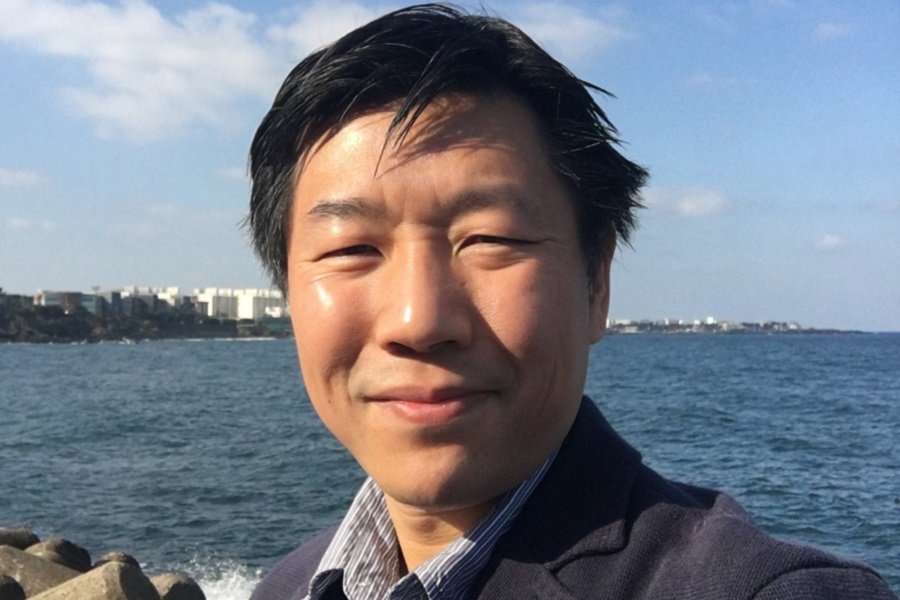Professor Tony Low on list of 2022 highly cited researchers

Paul Palmberg Associate Professor Tony Low has been named one of the most influential researchers in his field in 2022 by Clarivate Analytics, an insights and analytics firms. The list is a compilation of scientists and social scientists who have "demonstrated significant and broad influence reflected in their publication of multiple highly cited papers over the last decade." The papers rank in the top 1 percent of citations for a field or fields. Low is one of four College of Science and Engineering faculty included on the list. He was previously included on the list in 2019 and 2020.
Low is a widely known authority on the theory and design of nanophotonics and nanoelectronics devices based on 2D materials. The isolation of atomically thin 2D graphene about a decade ago, has been an important development in meeting the increasing demand for innovations in solid state technologies. Solid state devices have been critical to the development and advancement of 20th century engineering achievements such as electrification, electronics, internet, laser and fiber optics, and others. The development of 2D graphene has opened the door to an entire family of 2D layered crystals with a range of electrical and optical properties, which have presented opportunities for new devices and their applications. Low’s research in the area is published in premier journals such as Nature Nanotechnology, Nature Photonics, Nature Communication, Nature Materials, Science Advances, Nano Letters, ACS Nano, and Physical Review Letters. He has shared his research through several invited talks at top conferences in the field such as the American Physics Society (APS) meeting, Materials Research Symposium (MRS) meeting, and as a plenary and keynote speaker at others.
Low leads a research group in ECE that works on expanding the understanding and design of nanomaterials and nanodevices. In recent years they have focused on the class of 2D crystals and their heterostructures, topological, and magnetic materials. Low’s team has revealed their basic electronic and optical properties, and the opportunities they present for novel electronics, spintronics, optoelectronics, nanophotonics and plasmonics. Currently, he is leading two multi-university teams supported by a $1.7 million NSF grant to explore 2D heterostructures that demonstrate perfect light absorption and giant piezoelectricity, and a $2 million NSF grant to explore topological photonic effects in 2D materials.
Low is the recipient of several awards that recognize his work and its far-reaching impact. These include the University’s McKnight Presidential Fellowship (2019), IBM Pat Goldberg Memorial Best Paper Award (2014), IBM Invention Award (2013), KITP Rice Family Fund Fellowship (2012), Singapore Millennium Fellowship (2007), and the IEEE Electron Device Society Fellowship (2005).
Low received his Ph.D. in Electrical and Computer Engineering from the National University of Singapore in 2008. He subsequently joined the Network for Computational Nanotechnology at Purdue University as a postdoctoral research associate. In spring 2011 he joined IBM T.J. Watson Research Center as a research associate, and also served as an industry assignee to the Nanoelectronics Research Initiative funded by the Semiconductor Research Consortium, tasked with finding the next breakthrough electronic switch. In 2014, he moved to academia, joining our department as an assistant professor in September of that year.
Read about other CSE faculty who have been included on the list